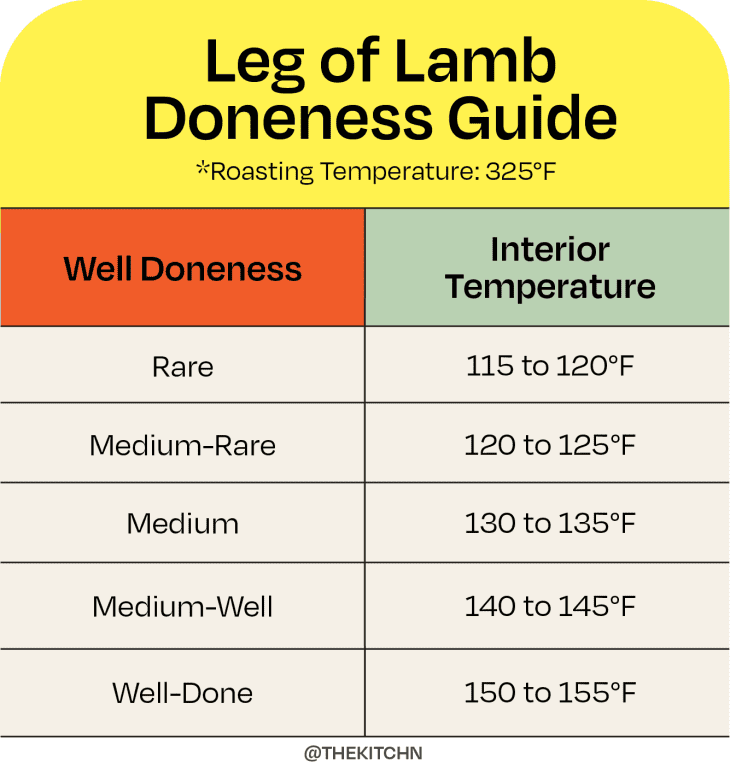Esqueça o tradicional peru assado, o presunto glaceado ou o prime rib. Na minha mesa, a estrela do show é o pernil de cordeiro; sua maciez e sabor rico são o que eu desejo. Embora possa parecer intimidador, assar um pernil de cordeiro é surpreendentemente simples, tornando-o um dos cortes de carne mais indulgentes para preparar.
Aqui está uma receita direta e sem complicações para assar um pernil de cordeiro que ficará perfeito todas as vezes.
Dicas Rápidas para o Pernil de Cordeiro Assado Perfeito:
- Opte por Com Osso: Um pernil de cordeiro com osso não só tem mais sabor, mas também melhora a apresentação. Peça o “peso de mercado” e peça ao seu açougueiro para apará-lo para você.
- Marinar? Não Precisa: Este corte é macio o suficiente para não precisar de marinada.
- Mal Passado é a Chave: Asse a 165°C e procure um ponto mal passado a ao ponto. Isso geralmente leva cerca de 20 a 25 minutos por quilo.

Ingredientes Essenciais para o Seu Pernil de Cordeiro Assado:
- Pernil de cordeiro com osso: Embora o corte possa ser um pouco mais complicado, o osso realça o sabor.
- Alho: Adiciona um tempero rico e amanteigado logo antes de assar.
- Alecrim: Infunde o cordeiro com sua essência aromática.
- Azeite de oliva, sal e pimenta: Essa simples mistura é tudo o que você precisa.
- Grelhe Primeiro: Comece temperando o cordeiro, grelhando-o dos dois lados para uma boa selagem, depois cubra com alho e alecrim antes de assar (coberto levemente com papel alumínio) por cerca de uma hora.
Temperatura de Assado e Ponto de Cozimento:
Seu gosto pessoal determinará o ponto de cozimento do seu cordeiro. Eu acho o cordeiro mal passado e sangrento pouco atraente, preferindo mal passado a ao ponto por seu interior macio e levemente rosado.
Aqui estão as diretrizes de temperatura:
- Temperatura de Assado: 165°C
- Mal Passado: 46°C a 49°C (cerca de 15 minutos por quilo)
- Mal Passado a Ao Ponto: 49°C a 52°C (cerca de 20 minutos por quilo)
- Ao Ponto: 54°C a 57°C (cerca de 22 minutos por quilo)
- Bem Passado: 60°C a 63°C (cerca de 25 minutos por quilo)
- Bem Passado: 66°C a 68°C (cerca de 30 minutos por quilo)

Esses tempos de cozimento levam em consideração a grelha inicial para selar a carne e incluem um período de descanso de pelo menos 15 minutos, durante o qual o cordeiro continua a cozinhar internamente.
Ingredientes:
- 1 pernil de cordeiro com osso (2,5 a 3,5 kg)
- 3 colheres de sopa de azeite de oliva
- Sal grosso
- Pimenta-do-reino moída na hora
- 6 dentes de alho, picados
- Folhas de 3 ramos de alecrim fresco, picados grosseiramente (cerca de 1 colher de sopa)
Preparação:
Retire o cordeiro da geladeira uma hora antes de cozinhar para que ele chegue mais próximo à temperatura ambiente. Coloque o cordeiro em uma grade em uma assadeira. Regue com azeite de oliva, esfregue por toda a carne e gordura, depois tempere generosamente com sal e pimenta. Posicione o cordeiro com a gordura para baixo.

Grelhar:
Arrume uma grade do forno para que o cordeiro fique próximo ao elemento de grelha. Grelhe até que o topo esteja selado e dourado, cerca de 5 minutos.

Vire e Grelhe:
Vire o cordeiro e grelhe o outro lado por mais 5 minutos.

Tempero:
Desligue a grelha, ajuste o forno para 165°C e mova a grade para o meio. Esfregue o topo do cordeiro com alho picado e alecrim.

Assar:
Cubra levemente a assadeira com papel alumínio para evitar que o alho e o alecrim queimem. Asse por 1 hora.

Verifique o Ponto:
Descubra o cordeiro e verifique sua temperatura interna com um termômetro instantâneo na parte mais grossa, sem tocar no osso. Procure 57°C para mal passado a ao ponto, considerando que ele continuará a cozinhar enquanto descansa.

Descanso:
Deixe o cordeiro descansar por pelo menos 15 minutos antes de cortar. Transfira para uma tábua de corte limpa.
Corte:
Faça cortes paralelos perpendiculares ao osso, cortando contra a fibra. As fatias ainda estarão presas ao osso.

Separe as Fatias:
Vire sua faca paralelamente ao osso e corte através das fatias onde elas se encontram com o osso, mantendo a faca próxima ao osso para maximizar o rendimento da carne.

Sirva:
Arrume as fatias em uma travessa, cubra com papel alumínio para manter aquecido e sirva. Aproveite a celebração no seu prato!



















